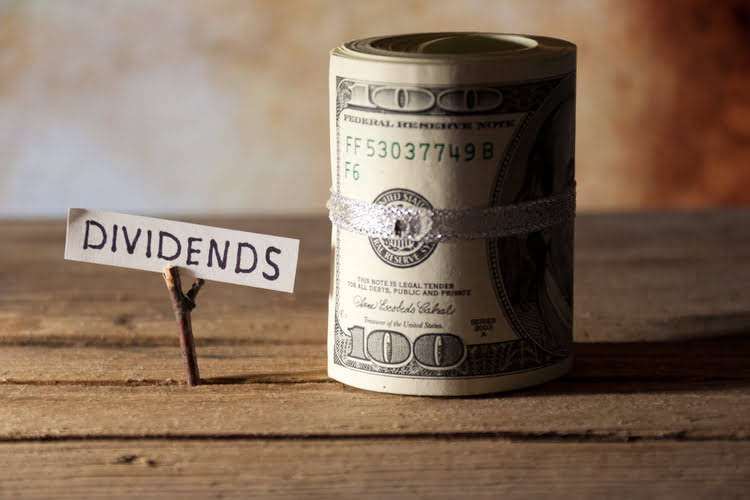
Learn how they differ from growth funds, their performance in various market conditions, and the benefits of diversifying your investment portfolio with blend or core funds. Apple Inc. (AAPL) is an example of a company that offers dividends to its shareholders. In 2021, Apple announced a dividend of $0.22 per share, which is distributed to shareholders on a quarterly basis. The dividend amount and frequency may vary among companies, and investors should consider factors such as dividend yield and payout ratios when evaluating dividend stocks.
Although it’s not racking up debt, it’s not using its income to re-invest back into business development. In other words, the company’s not overextending itself, but it might not be living up to its growth potential. Like any metric, the TIE ratio should be looked at alongside other financial indicators and margins. The ratio is stated as a number as opposed to a percentage, and the figures necessary to calculate the times interest earned are found easily on a company’s income statement. A business that makes a consistent annual income will be able to maintain debt as a part of its total capitalization.
What Does a High Times Interest Earned Ratio Signify for a Company’s Future?
Consequently, creditors or investors who look at your income statement will be more than happy to lend to a business that has been consistently making enough money over a long period of time. A current ratio of 2.5 is considered the dividing line between fiscally fit and not-so-safe investments. the times interest earned ratio provides an indication of Lenders make these decisions on a case-by-case basis, contingent on their standard practices, the size of the loan and a candidate interview, among other things. But the times interest earned ratio is an excellent entry point to the conversation.In short, if your ratio is low, you got to go.
Is this slumping FTSE stock a contrarian pick to consider buying? – Yahoo Finance UK
Is this slumping FTSE stock a contrarian pick to consider buying?.
Posted: Tue, 14 Nov 2023 14:56:47 GMT [source]
A high TIE ratio suggests that the company has a lower risk of defaulting on its debt, instilling confidence in lenders and potential investors. The deli is doing well, making an average of $10,000 a month after expenses and before taxes and interest. You took https://www.bookstime.com/ out a loan of $20,000 last year for new equipment and it’s currently at $15,000 with an annual interest rate of 5 percent. You have a company credit card for random necessities, with a current balance of $5,000 and an annual interest rate of 15 percent.
What is Times Interest Earned Ratio?
Last year they went to a second bank, seeking a loan for a billboard campaign. The founders each have “company credit cards” they use to furnish their houses and take vacations. The total balance on those credit cards is $50,000 with an annual interest rate of 20 percent. Based on the times interest earned formula, Hold the Mustard has a TIE ratio of 80, which is well above acceptable. As we previously discussed, there is a lot more than this basic equation that goes into a lender’s decision.
- In this way, the ratio gives an early indication that a business might need to pay off existing debts before taking on more.
- This variation more closely ties to actual cash received in a given period.
- By comparing pre-tax earnings to total interest payable, the TIE ratio provides valuable insights into a company’s financial health, risk of default, and capacity to generate consistent earnings.
- When the time a right, a loan may be a critical step forward for your company.
- If your business has a high TIE ratio, it can indicate that your business isn’t proactively pursuing investments.
- But at a given moment, this amount can be hundreds or thousands of dollars piling onto your plate, in addition to your regular payments and other business expenses.
The Low TIE Ratio is a ratio of a company’s earnings before interest and taxes to its total assets. This ratio measures how much money the company has to pay back on loans or other debts. The lower the ratio, the less likely that it will have enough money to pay off all of its debts in time.
What is the Times Interest Earned Ratio?
Interest expense represents any debt payments that the company’s required to make to creditors during this same period. Here’s everything you need to know, including how to calculate the times interest earned ratio. If you find yourself in this uncomfortable position, reach out to a financial consulting provider to explore how your company got here and how it can get out.



